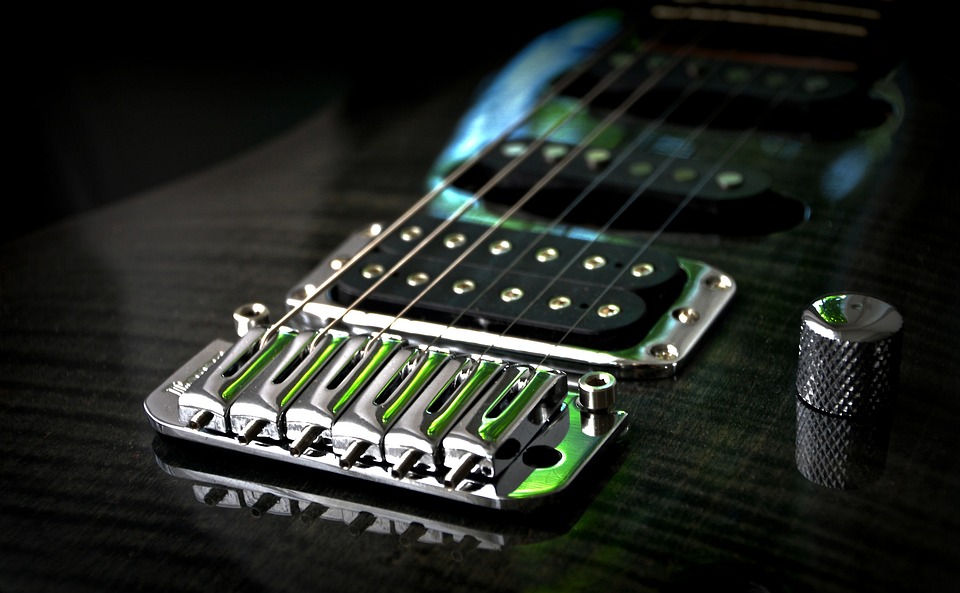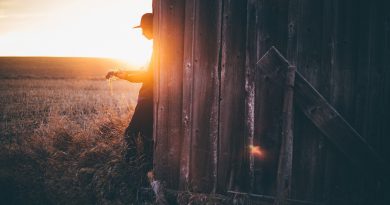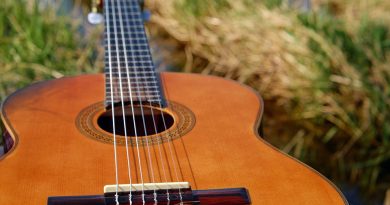Mastering Effects Pedals: Essential Tips for Guitarists
Mastering Effects Pedals: Essential Tips for Guitarists
As a guitarist, effects pedals can truly enhance your sound and take your playing to the next level. With so many different types of effects pedals on the market, it can be overwhelming to know where to start. In this article, we will discuss some essential tips for mastering effects pedals and how to use them effectively in your playing.
Understanding Different Types of Effects Pedals
Before diving into the world of effects pedals, it’s important to understand the different types available and what they do to your sound. There are several categories of effects pedals, including:
1. Distortion/Overdrive: These pedals add grit and growl to your sound, giving it a more aggressive edge. They are perfect for rock and metal genres.
2. Delay: Delay pedals create echo effects, adding depth and dimension to your sound. They can be used to create ambient textures or to thicken up your solos.
3. Reverb: Reverb pedals simulate the sound of playing in a larger space, adding a sense of depth and space to your sound.
4. Modulation: Modulation pedals include effects like chorus, phaser, and flanger, which alter the pitch and tone of your sound to create swirling, warbling effects.
5. Wah: Wah pedals create a vowel-like effect that can be controlled by rocking the pedal back and forth with your foot.
Experiment with different types of effects pedals to see which ones best suit your playing style and musical preferences.
Building a Pedalboard
Once you have a collection of effects pedals, it’s important to organize them in a way that makes sense and is easy to access while playing. Building a pedalboard is a great way to keep your pedals organized and create a seamless effects chain.
Start by arranging your pedals in the order that you would like them to be activated in your signal chain. Typically, pedals are arranged in the following order:
1. Tuner
2. Wah pedal
3. Distortion/Overdrive
4. Modulation
5. Delay
6. Reverb
Use patch cables to connect your pedals in the desired order, making sure to place the pedals close enough together so that you can easily reach them with your feet.
Experiment with different pedalboard layouts to find what works best for you and your playing style. Some guitarists prefer a simple setup with just a few pedals, while others enjoy a more complex arrangement with multiple effects at their disposal.
Understanding Signal Chain and Order of Effects
The order in which you place your effects pedals in your signal chain can have a significant impact on your sound. Typically, the order of effects is as follows:
1. Dynamics pedals (compressors, noise gates)
2. Wah pedals
3. Distortion/Overdrive pedals
4. Modulation pedals
5. Delay pedals
6. Reverb pedals
Placing your pedals in the correct order can help prevent unwanted noise and interference between effects. Experiment with different signal chain configurations to find the best sound for your playing style.
Using Effects Pedals Creatively
Effects pedals are a versatile tool that can be used in a variety of ways to enhance your sound and creativity as a guitarist. Here are some tips for using effects pedals creatively:
1. Experiment with different settings: Take the time to explore the different knobs and settings on your pedals to see how they affect your sound. Small adjustments can make a big difference in your tone.
2. Combine effects: Try stacking multiple effects pedals together to create unique and complex sounds. For example, combining a distortion pedal with a delay pedal can create a rich and textured sound.
3. Use effects sparingly: While effects pedals can be fun to experiment with, be mindful of not overusing them. Sometimes, less is more, and a subtle touch of effects can make a bigger impact than drowning your sound in effects.
4. Practice with effects: Spend time practicing with your effects pedals to incorporate them seamlessly into your playing. Experiment with using effects during different parts of a song, such as solos, verses, and choruses.
Mastering effects pedals as a guitarist takes time and practice, but with these essential tips and techniques, you can elevate your sound and take your playing to new heights. Experiment with different types of effects pedals, build a pedalboard that works for you, understand the order of effects in your signal chain, and use effects creatively to enhance your sound and creativity as a guitarist. Happy playing!






